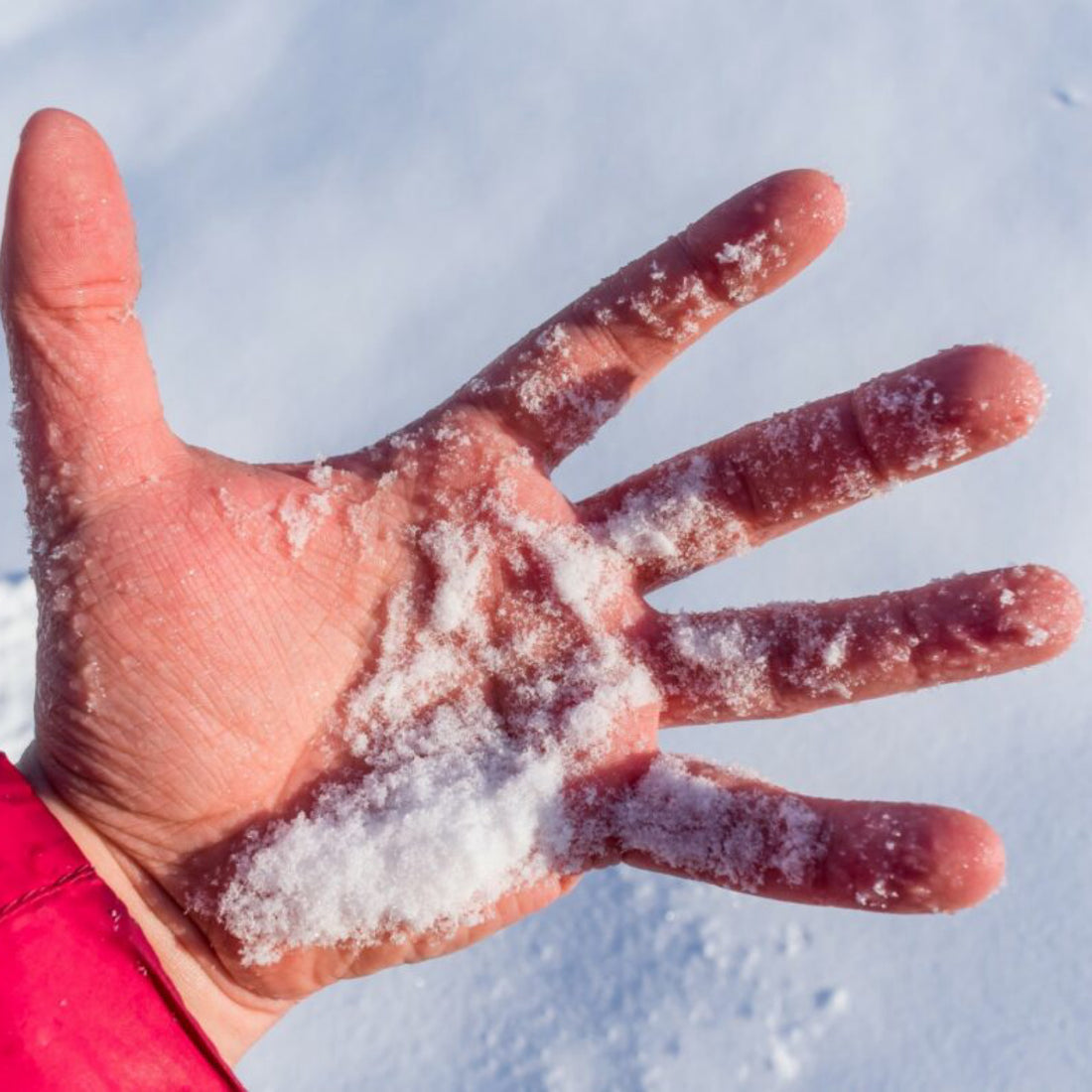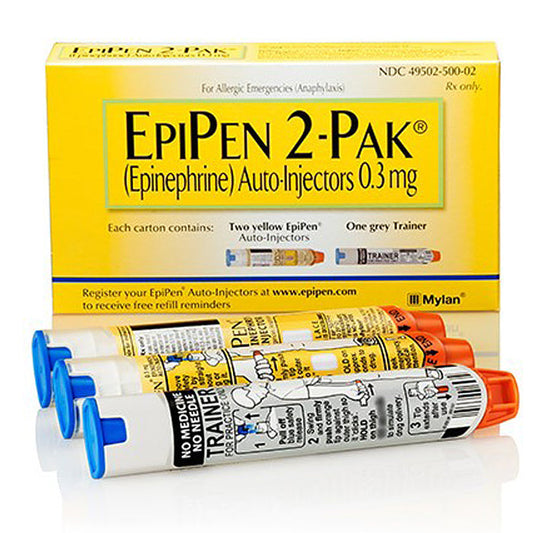
Stay Warm, Stay Safe: A Guide to Preventing Hypothermia
William BeauregardShare
As the chilly seasons approach, it's crucial to be mindful of the risks associated with cold weather, with hypothermia being a significant concern. This blog post will guide you through essential tips and practices to help prevent hypothermia and keep you warm and safe during frosty conditions.
-
Dressing in Layers: The key to staying warm starts with proper clothing. Dressing in layers allows you to adjust to changing temperatures. Start with a moisture-wicking base layer, add an insulating layer for warmth, and top it off with a waterproof and windproof outer layer to shield against the elements.
-
Stay Dry: Moisture is the enemy in cold weather. Wet clothing can significantly increase heat loss, leading to a higher risk of hypothermia. Invest in waterproof outerwear and be proactive about staying dry, especially in rainy or snowy conditions.
-
Protect Extremities: Don't forget about your hands, feet, and head. These body parts are more susceptible to heat loss. Wear insulated gloves, waterproof boots, and a hat to preserve warmth and prevent frostbite.
-
Know Your Limits: Avoid prolonged exposure to cold temperatures. If you start feeling excessively cold, fatigued, or notice shivering, it's time to seek shelter and warmth. Recognizing the early signs of hypothermia is crucial for prevention.
-
Seek Shelter: Having a refuge from the cold is vital. Whether it's a warm indoor space, a well-insulated tent, or another protective environment, having a place to escape the cold is essential in preventing hypothermia.
-
Stay Active: Physical activity generates body heat, helping to keep you warm. Incorporate movement into your outdoor activities, and take breaks to avoid overexertion, which can lead to sweating and subsequent heat loss.
-
Stay Hydrated and Well-Fed: Maintain a balanced diet and stay hydrated. Eating and drinking provide essential energy to help regulate your body temperature. Warm beverages can also be a quick and comforting way to raise your core temperature.
-
Be Mindful of Wind Chill: Wind can significantly increase the rate of heat loss from your body. Be aware of wind chill factors and take extra precautions, such as using windproof clothing and seeking shelter when necessary.
By following these preventative measures, you can enjoy the beauty of winter while minimizing the risk of hypothermia. Stay warm, stay safe, and make the most of the colder months ahead.



